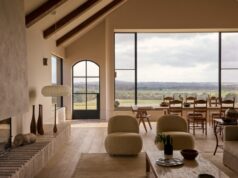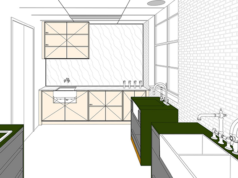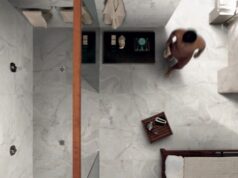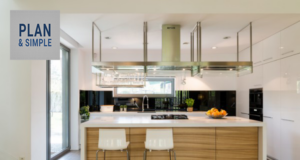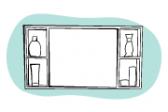
Medicine cabinets aren’t found in all homes, but are still very popular and can add much-needed storage to your bathroom.

Many older bathrooms have medicine cabinets, but over the last 20 years or so they’ve become far less common in new homes and renovations, replaced by large mirrors. Some people, however, say they’re undergoing a kind of revival in recent times. The idea behind a medicine cabinet is to have a smallish storage area that sits behind the bathroom mirror, in which you can store medicine and toiletries.
Types of medicine cabinets
Medicine cabinets normally come as complete, finished units. They come in different sizes, and are normally positioned at eye level above the bathroom sink, and are either mounted directly onto the wall, or are recessed into the wall so that the mirror is flush with the rest of the wall. They can be made of just about anything, but are usually either stainless steel, wood, glass or plastic.
Besides whether or not they’re recessed, the main variations in medicine cabinets is the way they open and close. Most medicine cabinets use either sliding mirror panels or hinges for access. Sliding panels are normally favoured for smaller bathrooms because they take up less space. They’re also a bit safer than hinged medicine cabinets, which open outwards at head height. Hinged systems do allow for added storage space on the doors though, as well as allowing you to fully open the medicine cabinet and see everything it contains.
Beyond the basic configuration options, more elaborate medicine cabinets also feature both interior and exterior illumination, integrated electrical outlets and even special refrigerated compartments for volatile medicines and expensive cosmetics.

